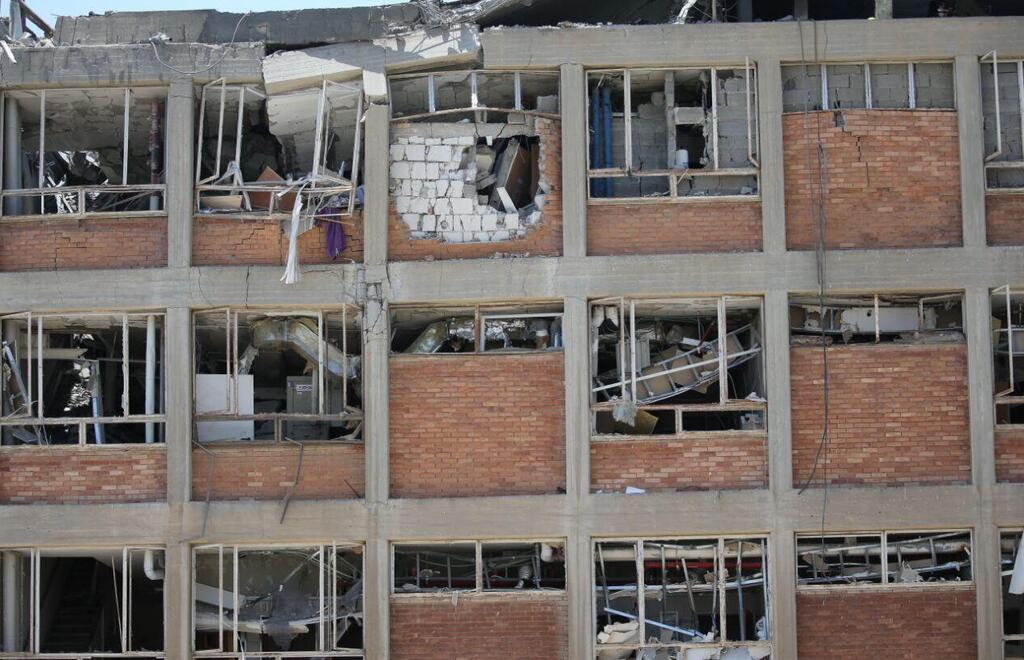Iran used banned cluster munitions in missiles fired at Israel in the Thursday morning attack, which caused massive damage - including to Soroka hospital and injured more than 200 people. Following the determination, the IDF warned the public not to touch or move suspected explosives that may still be on the ground.
Preliminary findings from one of the impact sites indicate that some of the missiles carried additional explosive payloads, or cluster bombs, that detonated upon impact, according to Israeli defense officials. This assessment is based on evidence collected at the scene and ongoing analysis by security teams.
A message from the Home Front Command stated that: "This morning we experienced a missile strike capable of dispersing small munitions over a relatively wide area."
The message added that it is possible that some of the munitions will remain on the ground and not explode, and urged the public not to touch or move such suspicious objects.
Get the Ynetnews app on your smartphone: Google Play: https://bit.ly/4eJ37pE | Apple App Store: https://bit.ly/3ZL7iNv
Meanwhile, a Telegram channel affiliated with Iran’s Islamic Revolutionary Guard Corps (IRGC) acknowledged the strike on Soroka. While repeating previous Iranian claims that the target was a “military-security compound near the hospital,” the channel also provided details about the warheads reportedly used in the barrage.
The moment of impact on Soroka hospital
According to the post: “The warheads used contain smaller submunitions, designed to strike multiple targets simultaneously. In such missiles, the primary warheads split upon reaching the target, releasing a large number of guided explosive submunitions, causing extensive and precise destruction. This is what happened in this operation.”
If confirmed, the use of such munitions—effectively cluster bombs—would represent a dangerous escalation in the nature of weaponry deployed by Iran in its direct confrontation with Israel.





